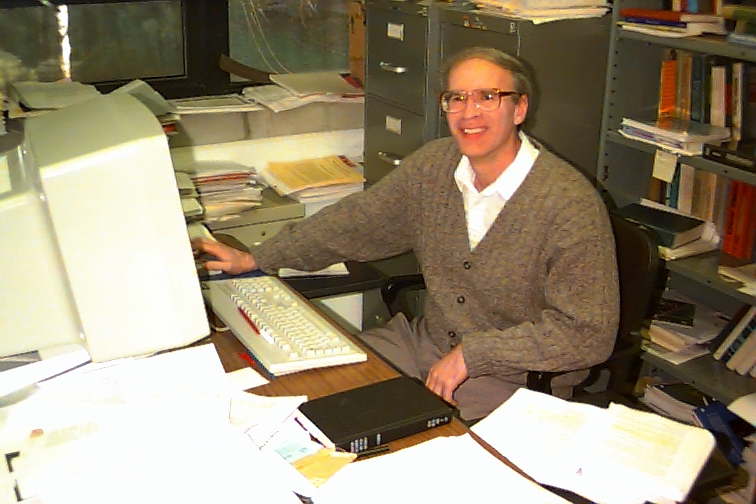
DIA CODE FACT SHEET 
1. Code Name: DIA
2. Category: X. Plasma Statistical Dynamics
3. Responsible Physicist: J. Krommes
4. Others involved in code development:
5. One line description: Solves the direct-interaction approximation and related Markovian statistical closures.
6. Computer systems which code runs on: Crays, VAX, SUN
7. Typical running time (if applicable): 0.5-10 Cray hours
8. Approximate number of code lines: 30,000
9. Does this code read data files from another code? No.
10. Does this code produce data files that can be read by another code? Yes, but only for the graphics processor used by the DIA project.
11. 1-2 paragraph description of code: 2nd-order predictor-corrector. Sophisticated buffering scheme.
12. Similar codes to this code, and distinguishing differences: None.
13. Journal References describing code (up to 3): None.
14. New code capabilities planned for next 1-2 years: Upgrade to include evolution of mean fields; rewrite in C++.
15. Code users: J. Krommes and graduate students; J. Bowman; G. Hu.
16. Present and recent applications of code: Determination of steady-state spectrum for driven Hasegawa-Mima equation and Hasegawa--Watakani equations; successful comparison with direct simulation. Study of bifurcation phenomena related to turbulence suppression in enhanced operating regimes.
17. Status of code input/output documentation. Check one: ( ) does not exist ( ) incomplete (X) exists
18. Year Code was first used and present frequency of use: 1990. Usage varies. Used heavily during G. Hu's PhD thesis, and for various research on turbulence theory.
19. Estimate of Man-Years invested in developing code: 5
20. Categories of usage of Code (Check all that apply): ( ) application code to do analysis and prediction of experiments (X) numerical testbed of theoretical ideas ( ) physics module to be used in integrated moddelling ( ) code for machine design
21. Language code is writen in: C, Ratfor; supported by FWEB.
22. Results of intercomparisons with other codes and results of validation against experiments. Excellent validation against computer simulations; see PhD thesis of G. Hu, 1995.